Prepare to excel in your Family Nurse Practitioner certification with the “FNP Certification Exam by AANPCB New 2025 Versions with All 150 Questions with 100% Correct Answers and Rationales,” the ultimate study companion for the AANPCB FNP exam in 2025. Crafted for aspiring FNPs ready to demonstrate entry-level competency in primary care across the lifespan, this test bank provides 150 meticulously designed multiple-choice questions (MCQs)—matching the exact number of the official AANPCB exam (135 scored + 15 pretest)—sourced from the latest exam patterns to deliver an authentic and comprehensive preparation experience.
Fully updated to align with the AANPCB’s 2024-2025 test blueprint, this new 2025 version covers the four critical domains: Assessment, Diagnosis, Planning, and Evaluation, spanning patient populations from newborns to the frail elderly. Each of the 150 questions is paired with a 100% verified correct answer and an in-depth rationale, offering detailed insights into clinical topics like health assessment (e.g., identifying heart murmurs), diagnostic reasoning (e.g., interpreting thyroid labs), treatment planning (e.g., hypertension management), and evaluation (e.g., monitoring diabetes outcomes). Reflecting the AANPCB’s clinical focus, this resource emphasizes real-world scenarios—think pediatric growth milestones, women’s health issues, and geriatric care—equipping you with the practical knowledge to succeed.
Developed by certified FNPs and nurse educators with deep expertise in AANPCB standards, this test bank mirrors the exam’s 3-hour format and question complexity, including the mix of 135 scored and 15 indistinguishable pretest items. Perfect for self-study, group prep, or a final review push, it’s delivered as an instant digital download, providing immediate access to a question set tailored to the exam’s emphasis on clinical mastery (e.g., 20% pediatric content per recent blueprints). Whether you’re tackling thyroid disorders or skin conditions—hot topics noted in AANPCB feedback—this tool ensures you’re ready to achieve a passing score and earn your FNP-C credential. Don’t just take the exam—ace it with this cutting-edge, AANPCB-specific prep resource for 2025!
Preview
Question 1
A 45-year-old male presents with unilateral knee pain and swelling after a fall. What is the most
likely diagnosis?
A) Osteoarthritis
B) Meniscal tear
C) Gout
D) Rheumatoid arthritis
Correct Answer: B) Meniscal tear
Rationale: Acute unilateral knee pain and swelling post-trauma suggest a meniscal tear.
Osteoarthritis is chronic, gout involves crystals (often with redness), and rheumatoid arthritis is
bilateral and systemic.
Question 2
What is the first-line treatment for a 20-year-old with mild persistent asthma?
A) Albuterol PRN
B) Inhaled corticosteroid (ICS)
C) Montelukast
D) Long-acting beta-agonist (LABA)
Correct Answer: B) Inhaled corticosteroid (ICS)
Rationale: GINA guidelines recommend low-dose ICS as first-line for mild persistent asthma to
control inflammation. Albuterol is rescue only, montelukast is an alternative, and LABAs are
adjunctive.
Question 3
A 55-year-old female with type 2 diabetes has a blood pressure of 145/90 mmHg. What is the
most appropriate initial medication?
A) Lisinopril
B) Metoprolol
C) Amlodipine
D) Chlorthalidone
Correct Answer: A) Lisinopril
Rationale: ACE inhibitors like lisinopril are first-line in diabetes with hypertension due to renal
protection (ADA guidelines). The others are options but lack the same renoprotective benefit.
Question 4
Which finding in a newborn requires immediate evaluation?
A) Jaundice on day 3
B) Heart rate of 180 bpm
C) Single palmar crease
D) Umbilical hernia
Correct Answer: B) Heart rate of 180 bpm
Rationale: A heart rate > 160 bpm at rest in a newborn suggests tachycardia (e.g., SVT),
requiring urgent evaluation. Jaundice on day 3 is physiologic, and the others are benign or
screened later.
Question 5
A 30-year-old male reports a painless penile ulcer. What is the most likely diagnosis?
A) Herpes simplex
B) Syphilis
C) Chancroid
D) Gonorrhea
Correct Answer: B) Syphilis
Rationale: A painless ulcer (chancre) is classic for primary syphilis (Treponema pallidum).
Herpes is painful, chancroid is painful with ragged edges, and gonorrhea causes discharge, not
ulcers.
A 45-year-old male presents with unilateral knee pain and swelling after a fall. What is the most
likely diagnosis?
A) Osteoarthritis
B) Meniscal tear
C) Gout
D) Rheumatoid arthritis
Correct Answer: B) Meniscal tear
Rationale: Acute unilateral knee pain and swelling post-trauma suggest a meniscal tear.
Osteoarthritis is chronic, gout involves crystals (often with redness), and rheumatoid arthritis is
bilateral and systemic.
Question 2
What is the first-line treatment for a 20-year-old with mild persistent asthma?
A) Albuterol PRN
B) Inhaled corticosteroid (ICS)
C) Montelukast
D) Long-acting beta-agonist (LABA)
Correct Answer: B) Inhaled corticosteroid (ICS)
Rationale: GINA guidelines recommend low-dose ICS as first-line for mild persistent asthma to
control inflammation. Albuterol is rescue only, montelukast is an alternative, and LABAs are
adjunctive.
Question 3
A 55-year-old female with type 2 diabetes has a blood pressure of 145/90 mmHg. What is the
most appropriate initial medication?
A) Lisinopril
B) Metoprolol
C) Amlodipine
D) Chlorthalidone
Correct Answer: A) Lisinopril
Rationale: ACE inhibitors like lisinopril are first-line in diabetes with hypertension due to renal
protection (ADA guidelines). The others are options but lack the same renoprotective benefit.
Question 4
Which finding in a newborn requires immediate evaluation?
A) Jaundice on day 3
B) Heart rate of 180 bpm
C) Single palmar crease
D) Umbilical hernia
Correct Answer: B) Heart rate of 180 bpm
Rationale: A heart rate > 160 bpm at rest in a newborn suggests tachycardia (e.g., SVT),
requiring urgent evaluation. Jaundice on day 3 is physiologic, and the others are benign or
screened later.
Question 5
A 30-year-old male reports a painless penile ulcer. What is the most likely diagnosis?
A) Herpes simplex
B) Syphilis
C) Chancroid
D) Gonorrhea
Correct Answer: B) Syphilis
Rationale: A painless ulcer (chancre) is classic for primary syphilis (Treponema pallidum).
Herpes is painful, chancroid is painful with ragged edges, and gonorrhea causes discharge, not
ulcers.




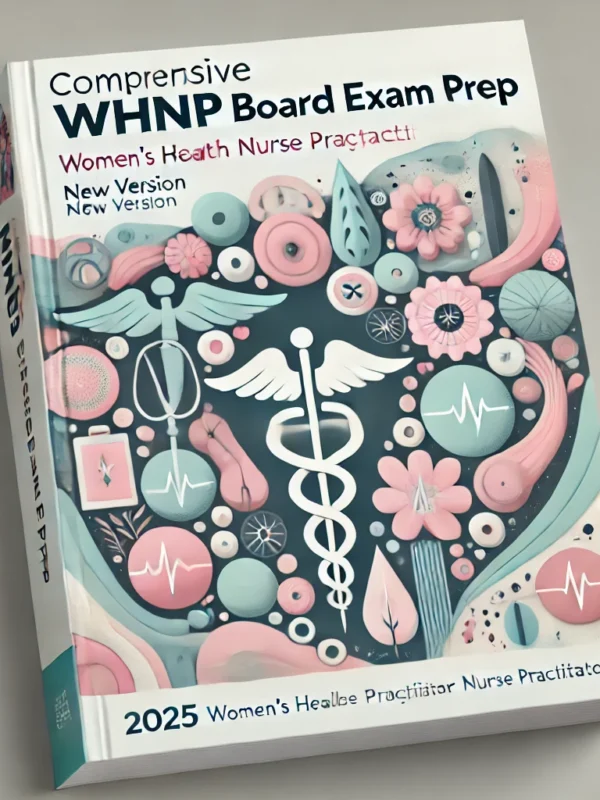
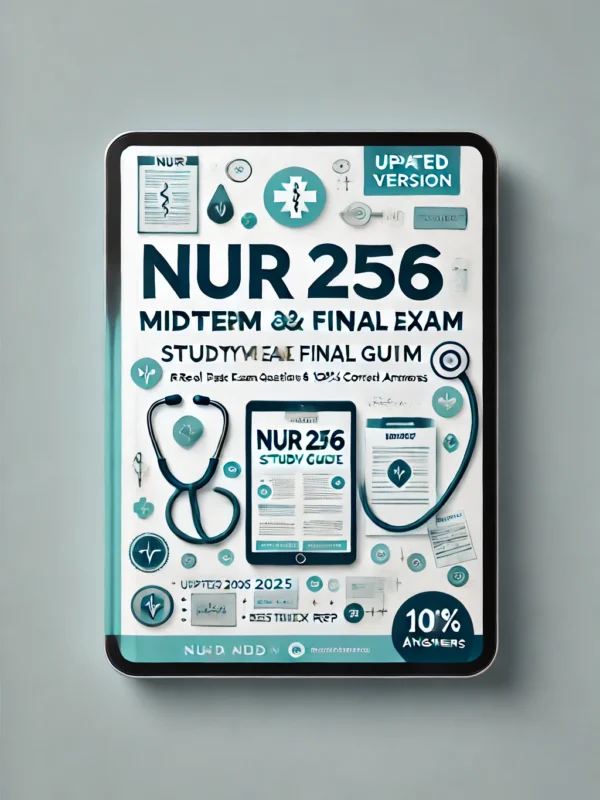
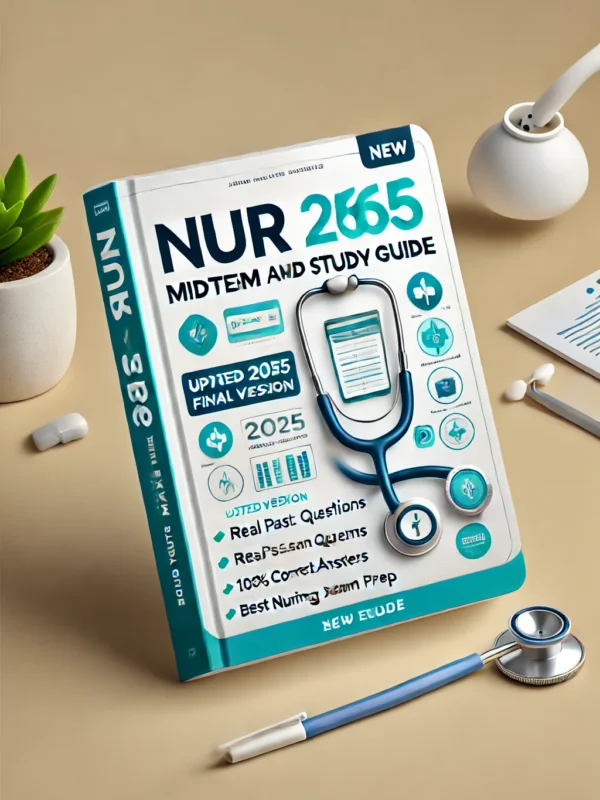
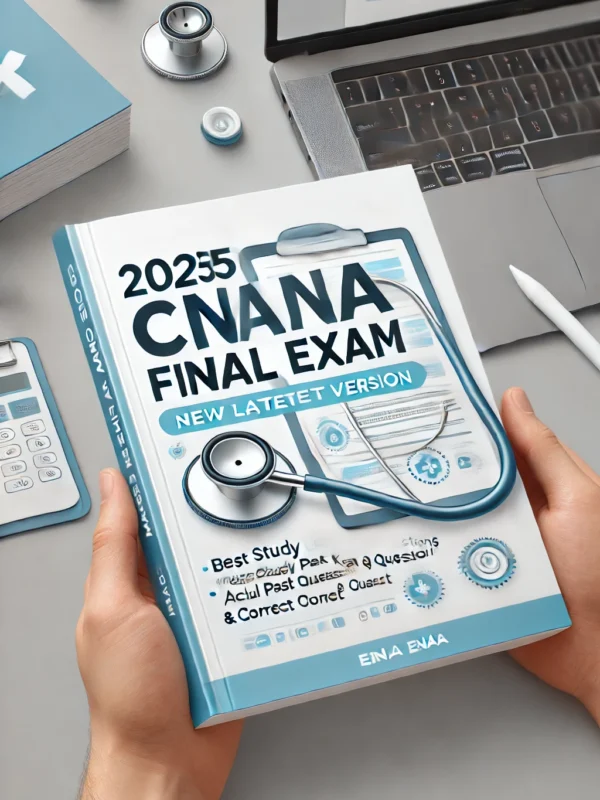
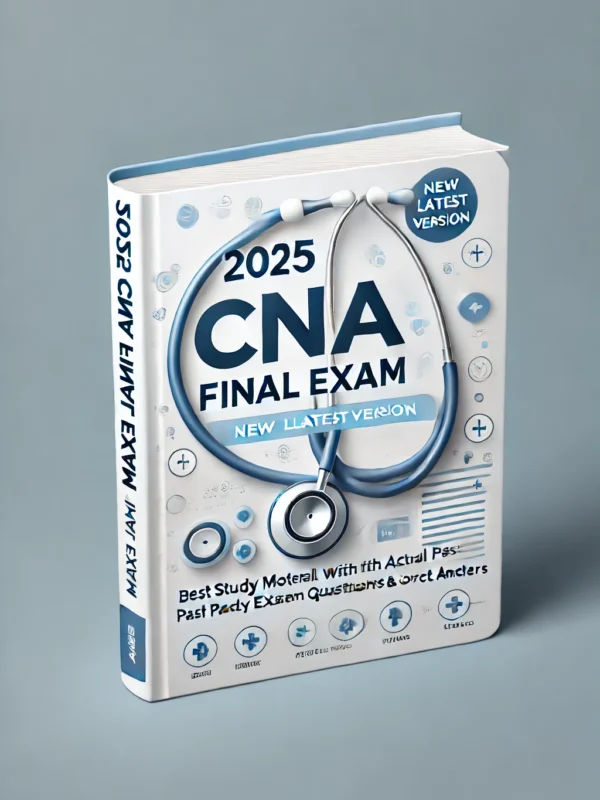

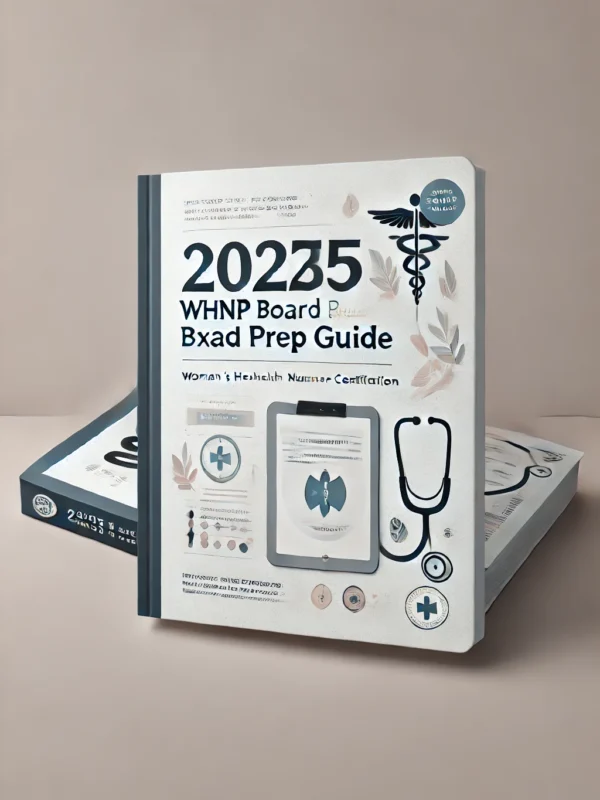
Reviews
There are no reviews yet.